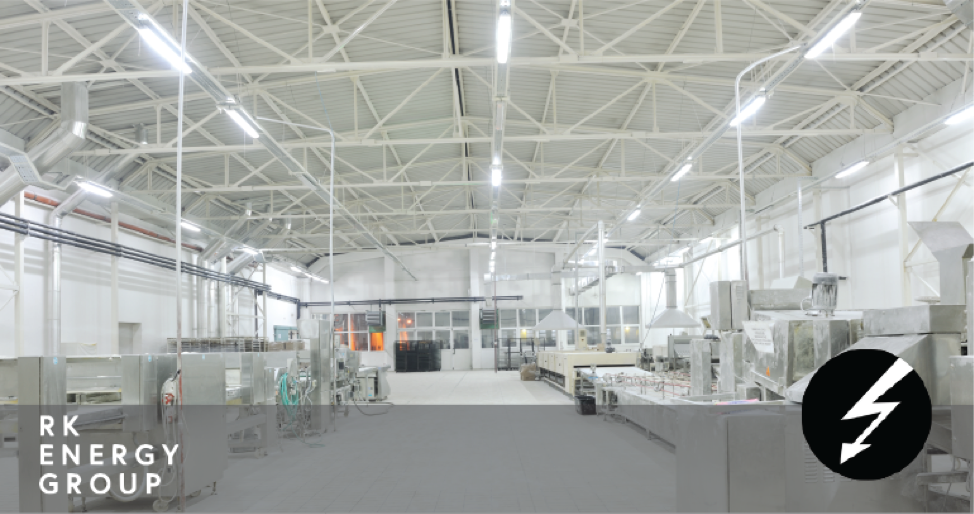RK Digest
How to Reduce the Energy Bill at Your Manufacturing Plant

There is a hot debate around energy costs at the moment. For manufacturing companies, the way that your energy is produced is not something you can necessarily control, and yet the details surrounding energy use and production can influence everything from your company’s bottom line to public perception. There are some ways that manufacturing plants can work with their local utility companies to help reduce energy costs, and in turn, gain financial support that can help build corporate profits.
Reducing Energy Consumption in Manufacturing

There are a lot of different power saving methods in this industry, including switching to energy-efficient lighting and maximizing output with high-efficiency machinery. Another helpful strategy is to completely turn off your equipment for a certain amount of time every day to reduce energy costs. Thanks to a government incentive program, this last strategy can also directly lead to financial benefits for the manufacturing plant.
When your manufacturing plant is running at peak capacity, a lot of energy use travels through the walls of the warehouse. Every machine requires energy, and that means that every time you turn a machine on and get to work, the cost to run your warehouse starts to rise. What many people don’t realize is that even when those machines aren’t in use, energy is still being pulled into keeping them active and ready to work. Sometimes, even just turning a machine off doesn’t completely stop the pull of energy. Instead, to put a total stop to energy use you’d need to turn off the power connection to the warehouse, or actually unplug machinery.
Most manufacturing plants don’t bother taking that extra step, as the labor cost of ensuring machines are entirely off and then properly reconnected seems more expensive than just leaving the machinery in stand-bye. However, there are programs in place that offer an additional incentive to manufacturing plants for doing exactly this.
The Demand Response Program

The Demand Response Program is a federal incentive to decrease energy use and stabilize energy costs. The program works by partnering with manufacturing plants to alternate production schedules to reduce the pull of energy at peak hours. The program requires manufacturing plants to turn off all of their equipment at predetermined peak hours, which may be during lunch hours or at a certain time in the afternoon. The manufacturing plant would then completely shut off power to the warehouse and equipment, thereby pulling the plant from the grid and reducing the energy burden on the plant significantly. In return, the utility plant reimburses the manufacturing plant.
This partnership does not require a decrease in manufacturing potential but instead asks for the plan to shift when they are pulling energy.
The goal of this is to reduce the burden on the energy plant during peak hours. These are the times of day when there is the greatest pull on resources. During other times of the day, the energy pulled from a manufacturing plant is something the utility company can manage easily. But during peak hours, the pull from everyone else makes the energy demand hard to keep up with. The utility plant is faced with having to create more energy, which increased energy production. By shifting when the manufacturing plant is using the greatest amounts of energy, it decreases the need for further energy production and creates more balance with energy distribution. It’s a win for the utility company, as they don’t have to deal with the additional cost of having to expand energy production, but it is also a win for the manufacturing plant since the utility company gives the manufacturing company a kick-back for the added support. The amount of the incentive will depend on the amount of energy the manufacturing company utilizes.
The demand response program works in providing financial support to manufacturing plants. This is a great way for manufacturing companies to gain financial support without impacting production. Once the peak hours are passed, the plant can go back to full capacity.
TAKEAWAYS
- Manufacturing plants can save money by partnering with RK Energy Group.
- Switching to energy efficient lighting can further reduce your corporate energy costs.
- The government incentive program called the demand response program makes it possible for manufacturing plants to financially benefit from their local utility corporation by reducing energy costs during peak hours.
If you have questions about the best way to reduce manufacturing plant cost or for an energy use breakdown, contact us.
